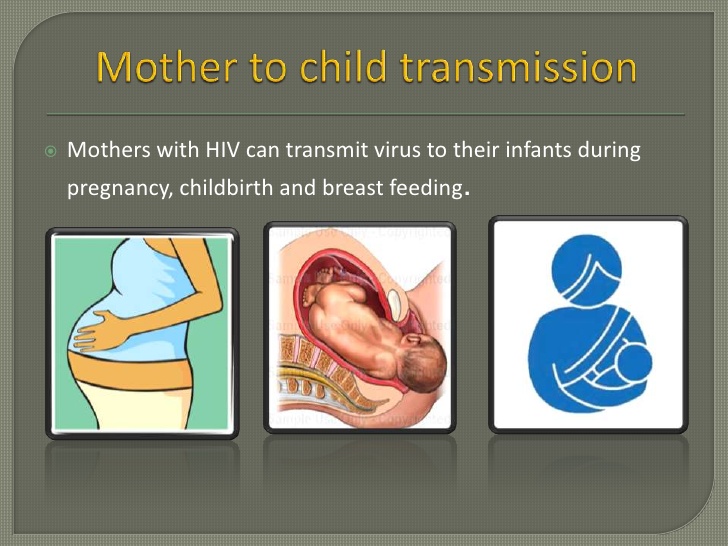Preventing maternal-fetal transmission of HIV is a global health priority, with effective interventions reducing transmission rates to below 1%. Transmission can occur during pregnancy, childbirth, or breastfeeding. An evidence-based, integrated approach combining antiretroviral therapy (ART), obstetric management, and infant prophylaxis is essential to minimize the risk.

Understanding Maternal-Fetal (Vertical) Transmission of HIV
Vertical transmission refers to the passage of HIV from a mother living with HIV to her child during:
- Intrauterine period (pregnancy)
- Intrapartum period (labor and delivery)
- Postpartum period (breastfeeding)
Without intervention, the risk of transmission ranges from 15% to 45%, but with appropriate medical strategies, this risk drops to less than 1%.
Universal HIV Screening During Pregnancy
Early detection is the cornerstone of HIV prevention in pregnancy.
Recommended Screening Protocols:
- First trimester HIV testing for all pregnant women
- Repeat testing in the third trimester for high-risk populations
- Rapid HIV testing at labor if previous status is unknown
Routine opt-out screening ensures high uptake and early initiation of interventions.
Antiretroviral Therapy (ART) for HIV-Positive Pregnant Women
ART Goals During Pregnancy:
- Achieve and maintain viral suppression (<50 copies/mL)
- Protect maternal health
- Reduce the risk of transmission to the fetus
Preferred Regimen:
- Tenofovir disoproxil fumarate + Lamivudine (or Emtricitabine) + Dolutegravir
- Initiated as early as possible, regardless of CD4 count or clinical stage
Considerations:
- Dolutegravir is now preferred due to its rapid viral suppression and favorable safety profile.
- Adherence support is critical, especially in settings with limited resources.
Delivery Method and Intrapartum Management
Mode of Delivery:
- Cesarean delivery at 38 weeks is recommended if the maternal viral load is >1,000 copies/mL near term.
- Vaginal delivery is safe if the viral load is undetectable or <1,000 copies/mL at 36 weeks.
Intrapartum ART Administration:
- IV Zidovudine during labor is advised if:
- HIV RNA is unknown or >1,000 copies/mL at labor onset
- ART adherence is uncertain
Infant Prophylaxis After Birth
ART Prophylaxis Based on Risk:
| Maternal HIV Status | Infant Prophylaxis Regimen |
|---|---|
| Suppressed viral load | Zidovudine (AZT) for 4–6 weeks |
| High-risk (no ART/unknown VL) | 3-drug regimen: Zidovudine + Lamivudine + Nevirapine |
Initiation of prophylaxis should occur within 6–12 hours after birth.
HIV Testing Schedule for Infants:
- 14–21 days of life
- 1–2 months
- 4–6 months
- Final test at 18 months (antibody test)
Breastfeeding and HIV: A Risk-Managed Approach
WHO Recommendations in Resource-Limited Settings:
- Exclusive breastfeeding for 6 months
- Continued ART for mother and infant prophylaxis
- Avoidance of mixed feeding (reduces mucosal damage and transmission risk)
In High-Income Settings:
- Formula feeding is preferred if replacement feeding is acceptable, feasible, affordable, sustainable, and safe (AFASS).
Partner Testing and Prevention
Testing the sexual partner enhances early diagnosis and reduces reinfection risk.
- Offer HIV testing to partners during antenatal visits
- PrEP (Pre-exposure prophylaxis) for seronegative partners
Preconception and Family Planning for Women Living with HIV
- Preconception counseling on ART optimization, adherence, and viral load control
- Effective contraception for women not desiring pregnancy
- Sperm washing and assisted reproduction for serodiscordant couples
Monitoring and Follow-up
Maternal Monitoring:
- HIV RNA every 4–8 weeks until viral suppression, then every trimester
- CD4 count every 6 months (optional if stable and virally suppressed)
Infant Monitoring:
- Growth and development assessments
- Early infant diagnosis (EID) via HIV DNA PCR
- Ongoing evaluation for ART side effects
Global Progress and Implementation Challenges
Significant strides have been made through PMTCT (Prevention of Mother-To-Child Transmission) programs:
- Over 1.4 million HIV-positive women receive ART annually during pregnancy
- Elimination of mother-to-child transmission (EMTCT) validated in countries like Cuba and Thailand
Barriers that persist:
- Late ANC enrollment
- Stock-outs of ART medications
- Stigma and discrimination
- Limited diagnostic infrastructure
Frequently Asked Questions:
Can a mother with HIV give birth to an HIV-negative baby?
Yes. With proper ART, delivery planning, and infant prophylaxis, the chance of having an HIV-negative baby exceeds 99%.
Is cesarean delivery always necessary for HIV-positive mothers?
No. Cesarean is only recommended if the viral load is above 1,000 copies/mL or unknown near term.
How long should a baby exposed to HIV receive medication?
Most low-risk infants receive 4–6 weeks of Zidovudine. High-risk infants may require combination therapy for 6 weeks.
Is breastfeeding safe for HIV-positive mothers?
Yes, in resource-limited settings with sustained ART adherence, exclusive breastfeeding is recommended up to 6 months.
Can ART during pregnancy harm the baby?
Modern ART regimens are considered safe and effective, with benefits far outweighing the risks.
The prevention of maternal-fetal transmission of HIV represents one of the most remarkable public health achievements when implemented correctly. Through universal screening, immediate ART initiation, careful delivery planning, and appropriate infant prophylaxis, vertical transmission can be virtually eliminated. Continued commitment to maternal care, partner involvement, and community education remains vital for sustaining and expanding these successes globally.